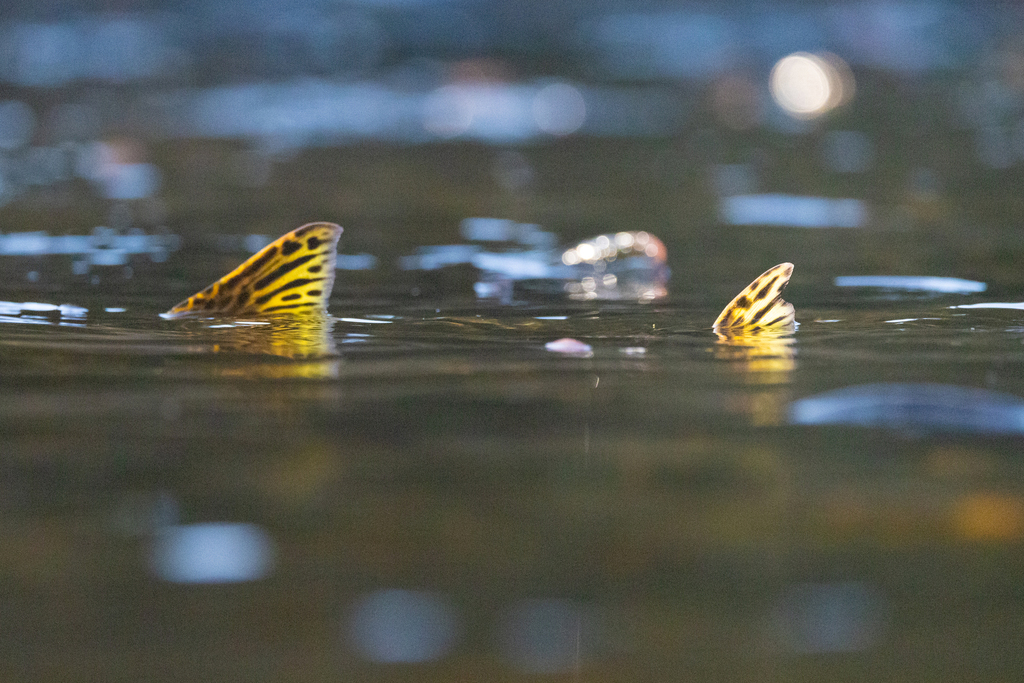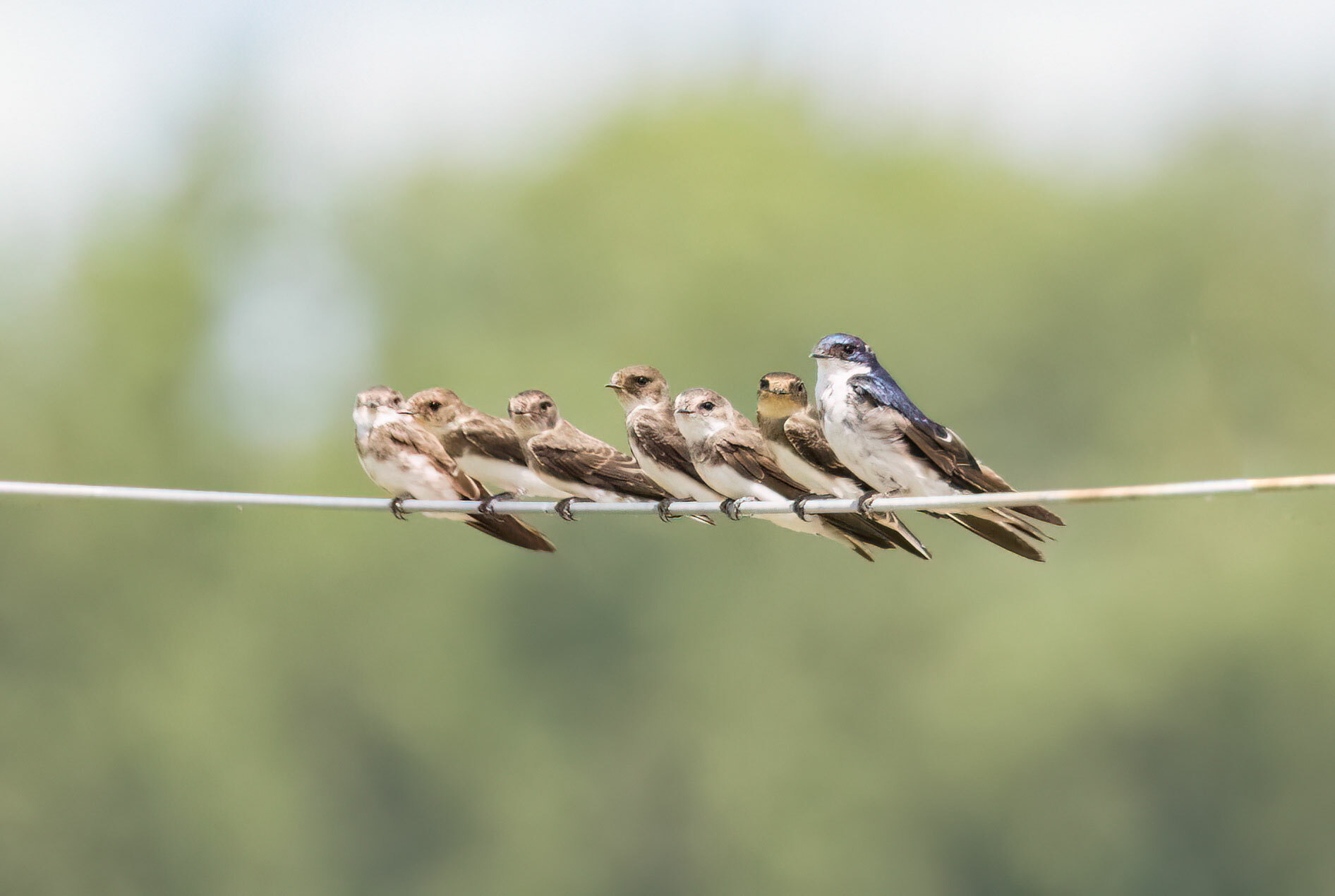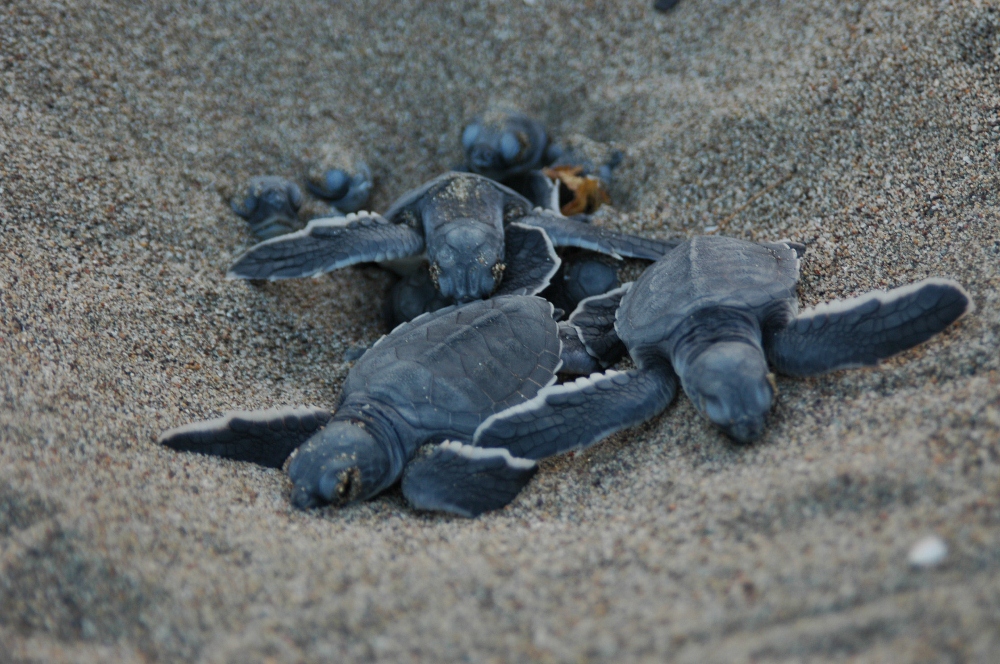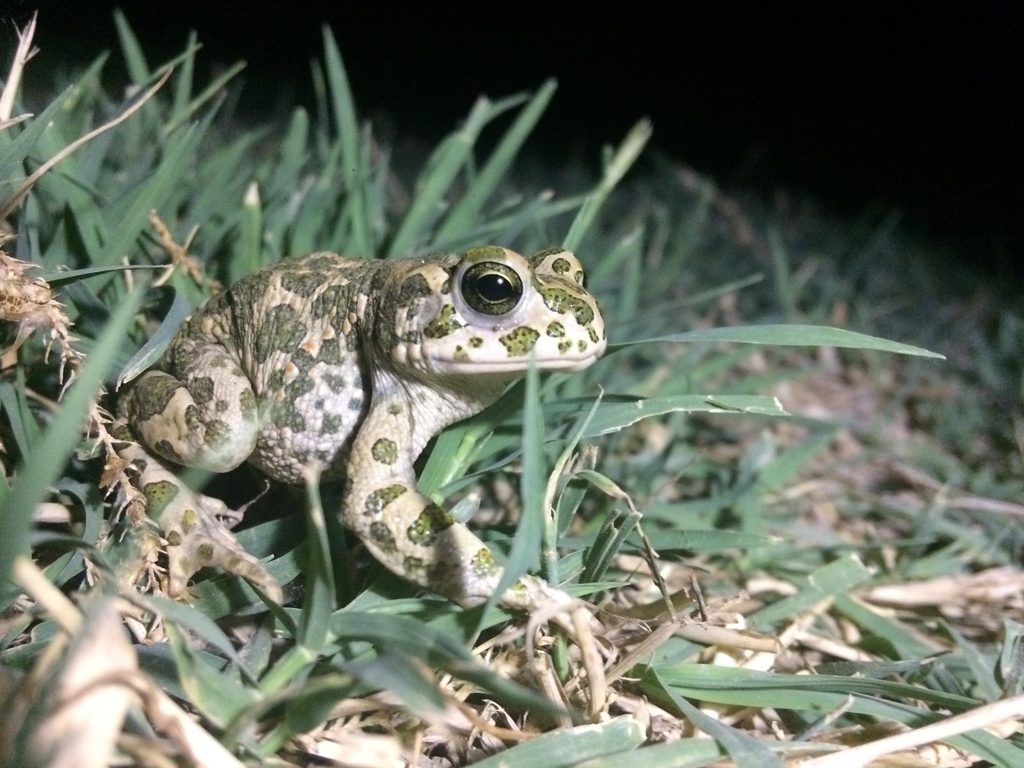The Red List Index shows trends in overall extinction risk. It reveals that corals are the fastest declining group of species, while amphibians are, on average, the most threatened animal group. The blue line shows the overall trends for all the featured groups combined.
Over 6,000 animals, fungi and plants at risk of extinction are threatened by climate change and severe weather on The IUCN Red List of Threatened Species™, across every region of the world.


Corals form one of the most biodiverse ecosystems, yet they are declining due to mass bleaching, disease and die-offs caused by rising ocean temperatures, as well as ocean acidification.
Lizard Island, Great Barrier Reef, before (right, March 2016) and after (left, May 2016) coral bleaching. Coral reefs in some regions of the Great Barrier Reef declined by 50% between 1985 and 2012 because of increased temperatures and tropical cyclones.
Sea temperature changes affect wildlife on land and in the air too.


Many fish in the North Atlantic Ocean have been driven further north to track cooler temperatures, reducing food availability for Atlantic puffins across Europe and North America.
Populations off the Røst Archipelago, Norway, have decreased by 80% in recent decades. In the Gulf of Maine, chicks have had a 90% failure to fledge in 2021 due to low food availability and nests being flooded by the heaviest rains the region has seen in 100 years.
In addition to increased rates of disease and degraded habitats, climate change is also causing changes in species themselves, which threaten their survival.
Rising temperatures have led to ecological changes including the migration of pink salmon to Arctic rivers.

Pink salmon (Oncorhynchus gorbuscha) in British Columbia, Canada

Tree swallows (Tachycineta bicolor) in Quebec, Canada

Green turtle hatchlings (Chelonia mydas)

Why is this important?
In addition to their intrinsic value, species play essential roles in ecosystems, which in turn provide vital services to humans. Climate change interacts with threats such as habitat loss to further exacerbate species declines. The decline of species and ecosystems can then accelerate climate change, creating a feedback loop that further exacerbates the situation.
Just some of the species projected to decline if climate change goes unchecked:
Over 60,000 koalas were killed or injured in the 2020 Australian fires, and fires are predicted to become more frequent as temperatures continue to rise and droughts become more intense. Climate change is also reducing the availability of food and water for koalas.


Malabar River lily (Crinum malabaricum) in Kerala, India
The Malabar River lily, which is found only on the coast of Kerala, India, depends on seasonal streams. Any disruption of the duration of flow in the streams appears likely to disrupt flowering and seed-set which would eventually cause the five known populations to collapse.
Joshua trees, a symbol of the American desert, are highly sensitive to increasing temperatures, fires and decreasing rainfall. Climate change is also projected to change the range of the yucca moth, the key pollinator for Joshua trees.

The climate and biodiversity emergencies are two sides of the same crisis.
Climate change is increasingly impacting biodiversity, but nature can also help to address climate change.


Resources
Find out how IUCN addressing the climate and biodiversity emergencies.
IUCN Issues Briefs: Species and Climate Change, Ensuring effective Nature-based Solutions
Acknowledgements
With thanks to the IUCN SSC Climate Change Specialist Group and Kerry-Anne Grey, Researcher, Global Change Biology Group, Stellenbosch University for their contribution to this story. Thanks also to all contributing photographers.
Story updated September 2023.










